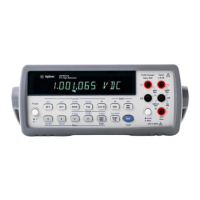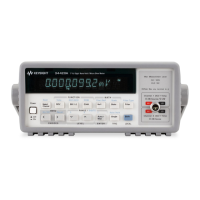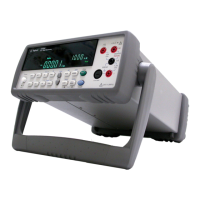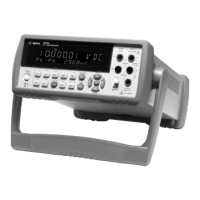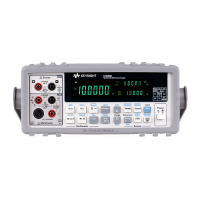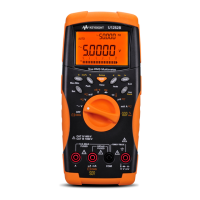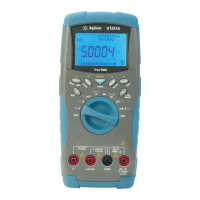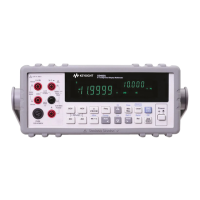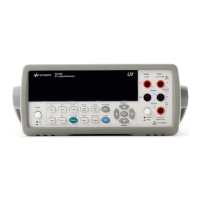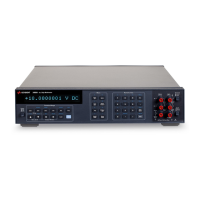

Do you have a question about the Agilent Technologies 3458A and is the answer not in the manual?
| Brand | Agilent Technologies |
|---|---|
| Model | 3458A |
| Category | Multimeter |
| Language | English |
Outlines essential safety precautions for operating, servicing, and repairing the product to prevent injury or damage.
Covers using front panel keys, making measurements, changing functions, and controlling display settings.
Explains how to control the multimeter remotely via GPIB, including address management and command sending.
Details how to configure the multimeter for DC voltage, DC current, and 2-wire or 4-wire resistance measurements.
Explains how to configure the multimeter for AC voltage, AC current, frequency, or period measurements.
Explains the three-event triggering hierarchy (arm, trigger, sample) and various event choices.
Discusses the multimeter's high-speed mode and factors affecting reading rate and transfer speed.
Explains real-time and post-process math operations, enabling/disabling them, and math registers.
Details DCV, Direct-Sampling, and Sub-sampling methods, summarizing their characteristics and signal paths.
Describes how to specify voltage and slope for sampling initiation, with examples for DCV and direct-sampling.
Explains direct-sampling using track-and-hold, its bandwidth, and specifying ranges via max._input parameter.
Covers sub-sampling fundamentals, advantages, and how to specify effective interval and number of samples.
Instructs the multimeter to perform self-calibrations (ALL, DCV, AC, OHMS) and discusses autocalibration security.
Configures the multimeter to one of three predefined states: NORM, FAST, or DIG for different operation modes.
Stores a series of commands as a subprogram, assigning a name for later execution.
Defines the trigger arm event to enable the trigger event and can be used for multiple measurement cycles.
Causes the multimeter to perform a series of internal self-tests to check hardware and software integrity.
Specifies the trigger event that initiates a measurement, working with TARM and NRDGS.
Explains how to store, execute, and manage BASIC language subprograms for system control and automation.
Outlines the steps for installing the switch lockout kit, including covers and pushrod removal.
Covers strategies like tailoring communication paths, program memory, and state storage for optimal testing speed.
Explains the measurement paths (DCV, track-and-hold) and trade-offs for DC measurements.
Details the three ACV measurement techniques (Analog, Synchronous, Random) and their trade-offs.
Discusses allocating tasks between the DMM and computer using math functions, memory, and program structure.
Details the multimeter's flexibility in speed and resolution for audio frequency bandwidth.
Provides methods to avoid signal distortion caused by aliasing, ensuring accurate waveform representation.
Describes the standard DCV path and the track-and-hold path for digitizing and sampling.
